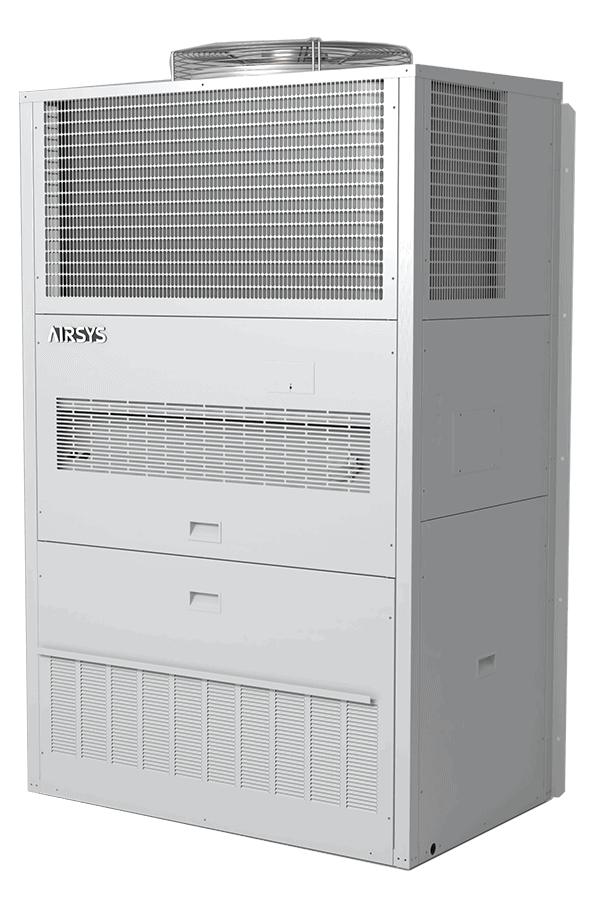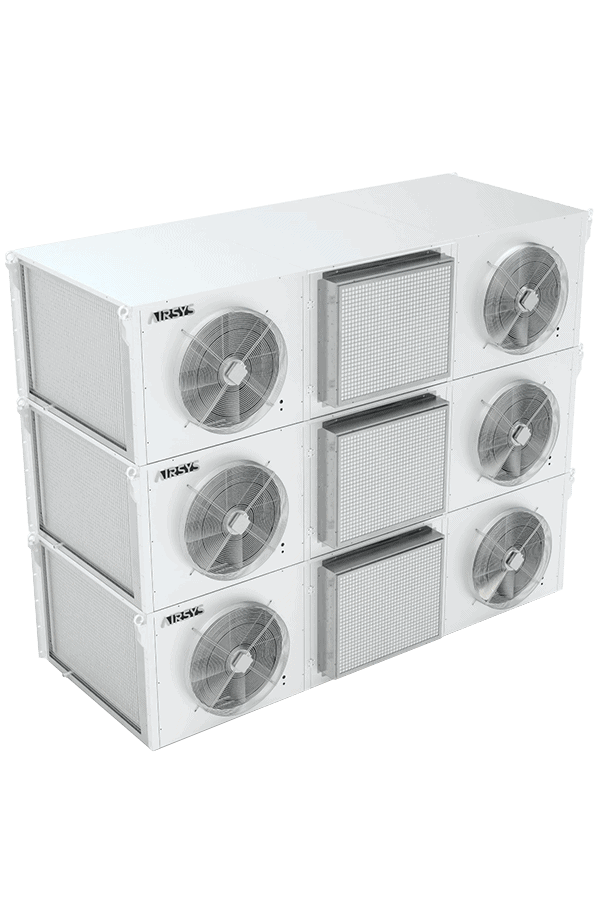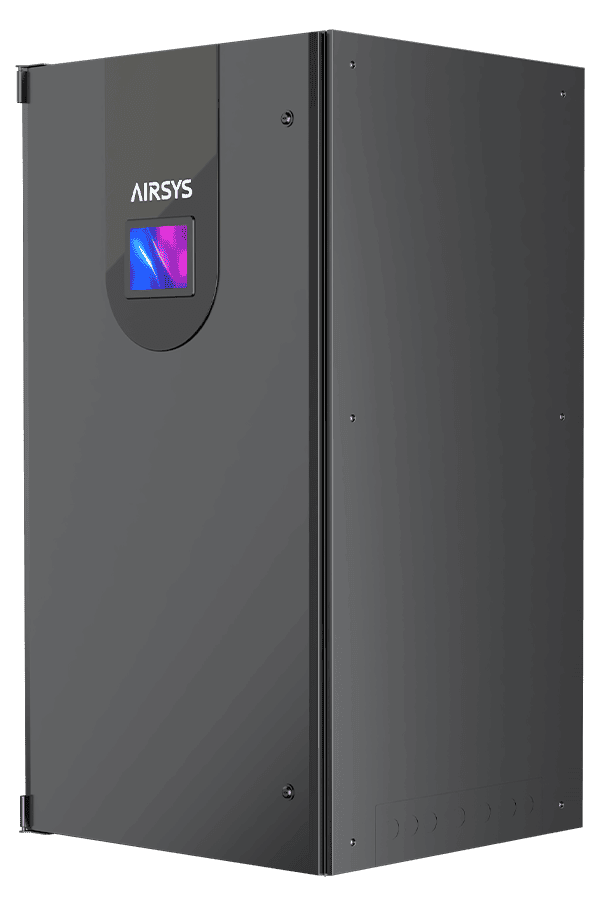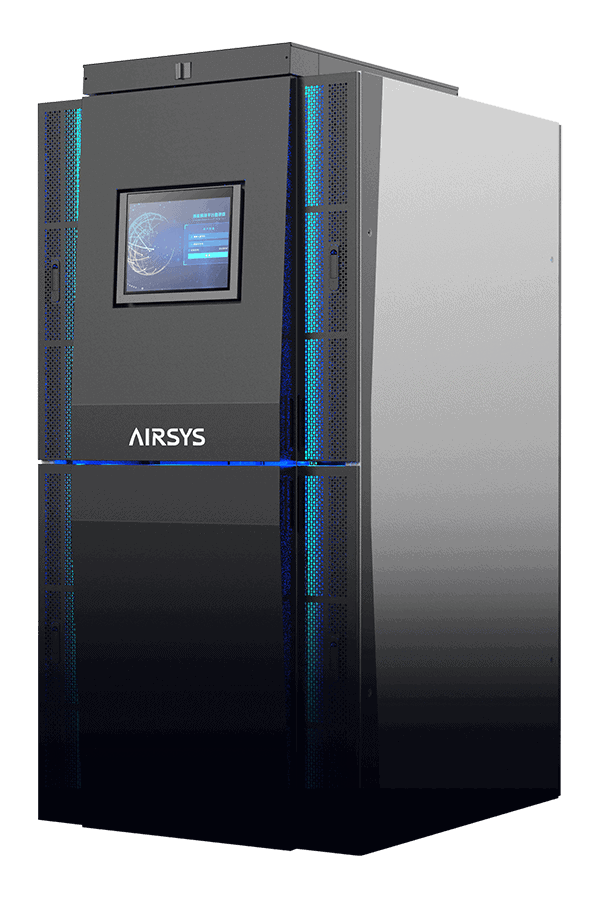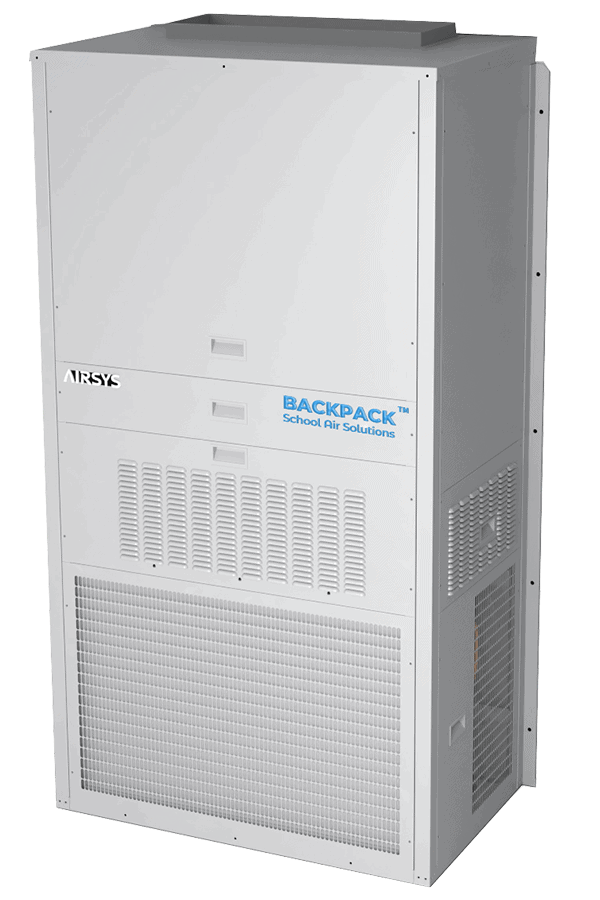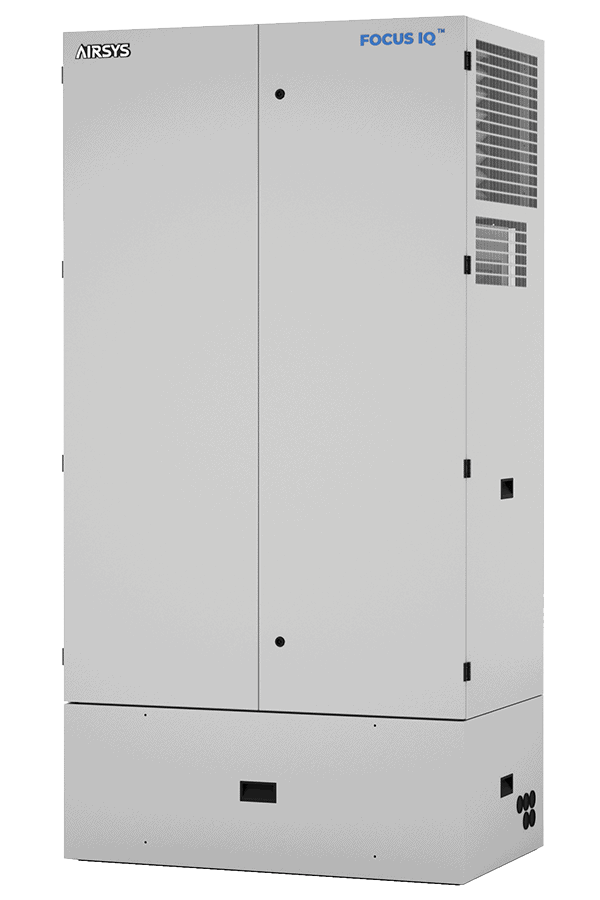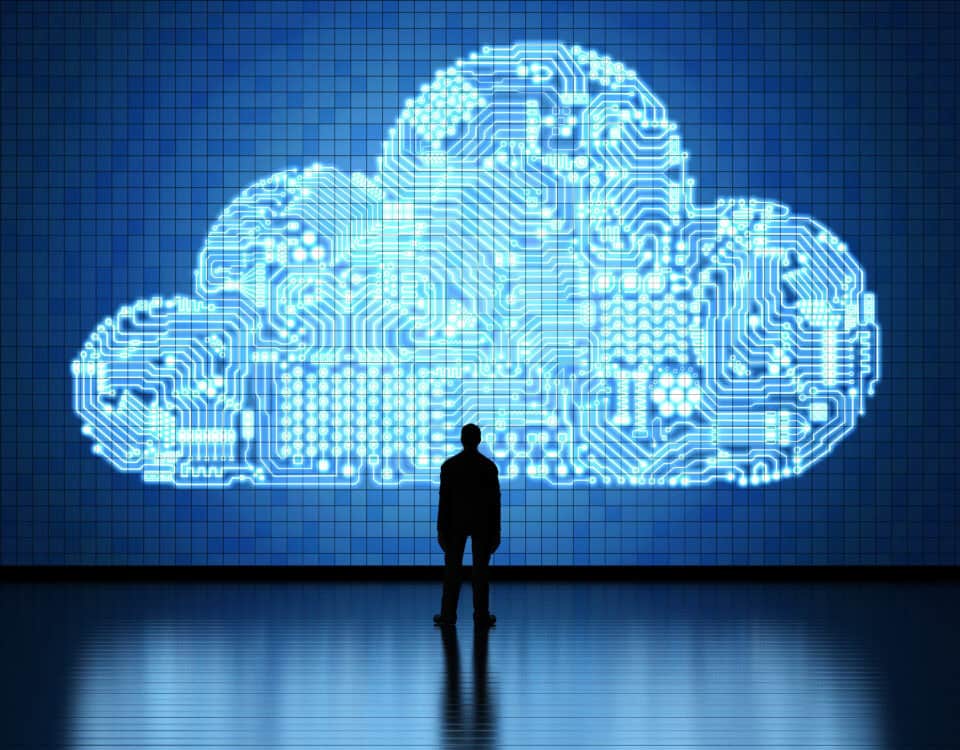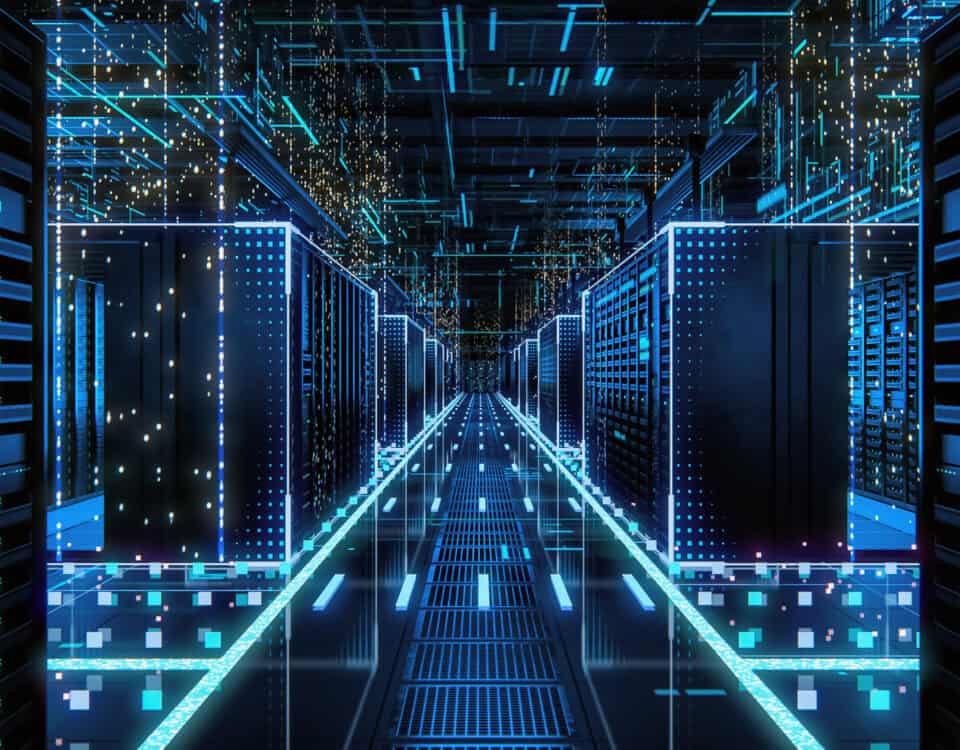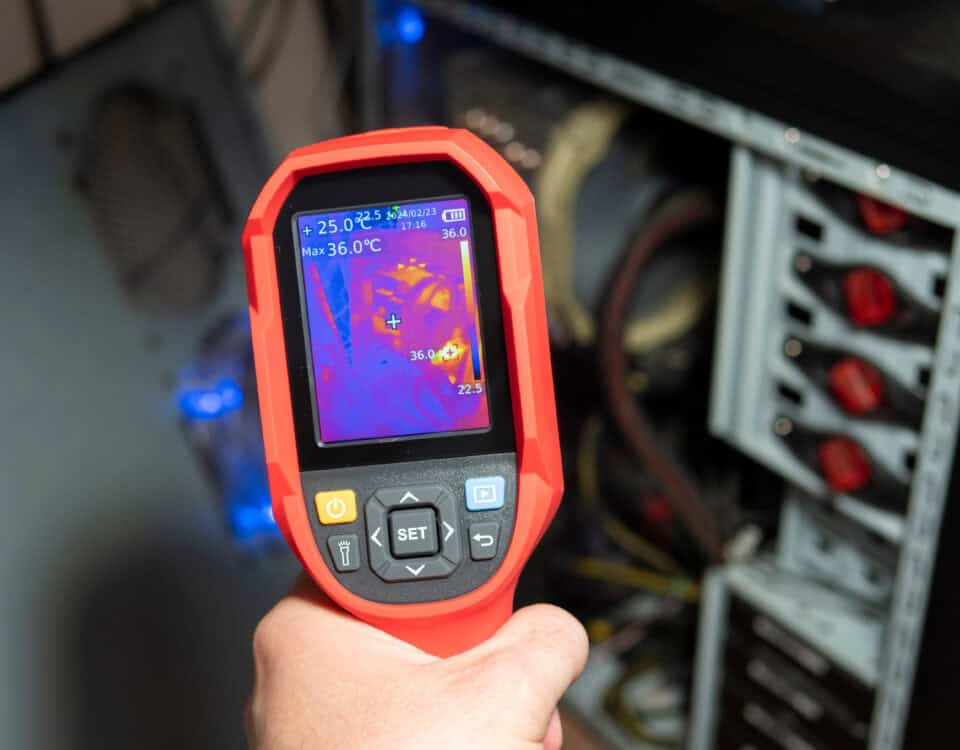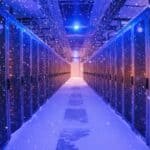
Data Centers Scale on Flexible Cooling Strategies
June 18, 2025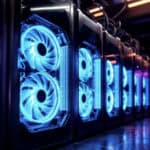
Colocation Cooling Strategies: From Air to Liquid and Everything in Between
July 22, 2025Cooling systems drive a large share of data center energy use, making them one of the most critical areas to target for improving overall energy efficiency. As demands on data centers increase, cooling will be key to powering the next generation of data centers, further emphasizing the need to measure and manage its impact.
This article examines six essential data center energy efficiency metrics that are closely tied to cooling performance and their influence on cost, sustainability, and overall system effectiveness. Understanding these metrics is key to optimizing energy utilization and designing smarter, more resilient data centers:
- Power Usage Effectiveness (PUE)
- Data Center Energy Costs
- Cabinets Compliant with ASHRAE Standards
- Energy Reuse Factor (ERF)
- Carbon Usage Effectiveness (CUE)
- Water Usage Effectiveness (WUE)
Why Use Multiple Metrics to Measure Data Center Energy Efficiency?
Measuring data center power efficiency is like monitoring your health; you wouldn’t rely on just your weight to assess your well-being. You’d look at blood pressure, heart rate, cholesterol, and more to get a complete picture.
The same principle applies to data center energy efficiency — no single metric can fully capture a modern facility’s performance, sustainability, and operational complexity. Looking at multiple indicators allows operators to detect specific inefficiencies, uncover hidden issues, and focus improvement efforts where they’ll have the greatest impact.
Also, as data centers expand and environmental pressure intensifies, relying on a narrow view of efficiency is no longer sufficient. A multi-metric approach will enable operators to adapt to shifting technologies, meet regulatory and corporate goals, and design infrastructure that’s efficient today and prepared for tomorrow’s challenges.
Which Metrics Measure the Energy Efficiency of Data Centers?
Power Usage Effectiveness (PUE)
Power Usage Effectiveness (PUE) is arguably the most widely used metric for measuring data center power efficiency. It measures the ratio of total facility energy to the energy used by IT equipment. A PUE of 1.0 signifies perfect efficiency, but the industry average currently stands at 1.58.

Tracking PUE over time enables data center managers to detect system inefficiencies, seasonal variations, and discrepancies across different sites. For example, cooling systems are typically the largest non-IT power consumers. With this insight, operators can refine their data center cooling strategies to reduce cooling-related energy usage.
Data Center Energy Cost
Energy costs can represent up to 50% of total data center operating expenses, making financial tracking a data center energy efficiency metric and a business imperative. By closely monitoring these costs, data centers can set informed targets for energy reduction while maintaining control over operational budgets.
According to Energy Star, there are numerous low- and high-impact strategies that help cut energy waste in data centers, translating directly into financial savings. For example:
- Installing inexpensive airflow management tools like grommets and blanking panels can save large data centers up to $360,000 annually.
- Implementing containment systems in hot/cold aisle setups can reduce energy expenses by 5% to 10%.
- Replacing mechanical chillers with cooling towers for chilled water supply can cut cooling costs by as much as 70%.
- Decommissioning a single unused server can yield annual savings of $2,500, including energy, software, and maintenance costs.
Cabinets Compliant with ASHRAE Standards
The American Society of Heating, Refrigerating and Air-Conditioning Engineers (ASHRAE) provides widely accepted guidelines that define the ideal temperature and humidity ranges at the server inlet:
- Recommended inlet temperatures: 65°F-80°F
- Recommended relative humidity: 40%-60%
Measuring the percentage of cabinets compliant with ASHRAE standards is a key data center performance metric because it shows how well the cooling system is working without wasting energy. By aiming for 100% cabinet compliance, data centers can reduce unnecessary cooling loads while preserving equipment health.
Energy Reuse Factor (ERF)
The Energy Reuse Factor (ERF) is a forward-thinking metric growing in popularity among sustainable data centers, measuring how much of a facility’s total energy is captured and reused instead of wasted. ERF values range from 0 to 100, with higher numbers indicating the data center uses its energy better by repurposing it.

For example, if a data center uses 1,000 kWh of electricity and reuses 200 kWh of that energy to heat a nearby office, its ERF is 0.2. This means 20% of its total energy consumption is put to good use beyond its core operations. By turning waste into a resource, ERF strengthens the link between efficiency and sustainability, making it a valuable tool for modern data center energy management.
Carbon Usage Effectiveness (CUE)
Carbon Usage Effectiveness (CUE) is a sustainability-focused metric that measures the environmental cost of powering a facility. It is calculated by dividing the facility’s total CO₂ emissions by total IT equipment energy consumption.

While metrics like PUE assess how efficiently energy is used, CUE adds an environmental layer by revealing how clean or carbon-intensive the energy source is. For example, two data centers might have identical PUE rates, but if one relies on energy-intensive mechanical cooling while the other uses free cooling, their CUE values will differ significantly. This highlights how CUE is directly tied to data center energy efficiency, offering a fuller picture by evaluating not just how energy is used, but how sustainably it is sourced.
Water Usage Effectiveness (WUE)
Water Usage Effectiveness (WUE) measures the ratio between a data center’s total water consumption and the energy used by its IT equipment (in kWh). While the industry average WUE is around 1.8 L/kWh, highly efficient data centers can reach values as low as 0.2 L/kWh, equivalent to using less than one cup of water per kilowatt-hour of IT energy.

It’s important to know that optimizing WUE often trades off with PUE. Many facilities lower their PUE by using evaporative cooling, which improves energy efficiency but increases water consumption, driving WUE higher. Conversely, air cooling or mechanical systems that reduce water use tend to consume more electricity, negatively affecting PUE. This dynamic underscores the importance of balancing both metrics in data center energy management, ensuring that gains in one area do not come at the unsustainable expense of another.
Your Next Step Toward Smarter Energy Use
Not every efficiency metric may apply to every facility. When optimizing energy usage in data centers, it’s essential to know what information you need to track so you can make informed decisions about your energy consumption.
AIRSYS is deeply committed to promoting innovation, performance, and sustainability in data centers, with cooling solutions designed to support smarter energy use and lower environmental impact. Whether you’re optimizing an existing facility or building your next data center, our team is here to help you reduce waste and achieve meaningful efficiency gains.
Contact us to explore how AIRSYS can support your energy and sustainability goals.

